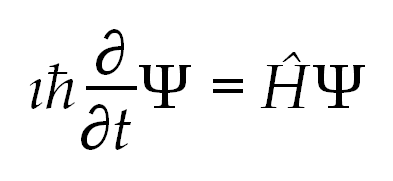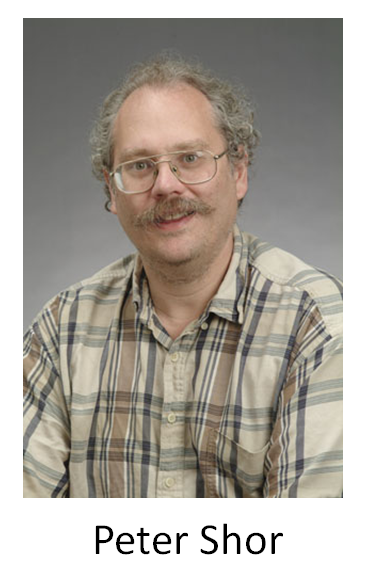Quantum Computing
by Andrew Boyd
Today, it's magic. The University of Houston's College of Engineering presents this series about the machines that make our civilization run, and the people whose ingenuity created them.
Comic strip, panel one. Two scientists in white lab coats are speaking to the reader. "The following feature," they tell us, "is so complex that until your country's math, science, and [DVR] programming skills improve, we won't even try to explain it." "In fact," say the scientists in panel two, "we don't really understand it."
I clipped this strip many years ago and have used it on the cover of dozens of engineering exams — not to instill fear, but to lighten the mood. However, over the years I've come to realize there's more to it than humor. It expresses the very real state of affairs in the sometimes magical world of quantum physics.
One of the latest rabbits to come out of the quantum hat is the quantum computer. Quantum computers aren't just fast classical computers. In fact, for traditional problems, classical computers are far more versatile than their quantum cousins. But quantum computers have a bagful of tricks they're really, really good at.

Zan Zig performing with rabbit and roses, including hat trick and levitation. [Wikipedia image]
When quantum computing first emerged in the nineteen-seventies, researchers knew of the tricks but were pondering what they'd be good for. And in 1994, Peter Shor at Bell Laboratories came up with a doozy.
[Wikipedia image]
Shor showed how quantum computers can be used to decode secret messages encrypted by today's standard methods. Internet banking transactions. Secure messages to foreign embassies. A powerful enough quantum computer would bring both world commerce and covert intelligence to their knees.
But therein lies the rub: making a powerful enough quantum computer. It doesn't have to be big — think laptop. But quantum computers are finicky — a byproduct of their underlying quantum weirdness — and physicists have their work cut out when trying to make one powerful enough to crack codes.
It's no surprise there's a lot of research going on. Building quantum computers represents an awesome human achievement unto itself. But the practical ramifications of a code breaking computer are chilling, and this is drawing both attention and research dollars.
Fortunately, there's hope on the horizon. Quantum computers may someday break all our existing codes, but researchers are busy developing new, unbreakable codes with a special twist: these new codes are themselves deeply intertwined with the mysterious world of quantum physics. So while quantum physics may make our existing codes obsolete, it may give rise to even better codes — at least until we discover deeper, stranger truths about our cosmos.
[audio: It's Magic by the Electric Light Orchestra]
I'm Andy Boyd at the University of Houston, where we're interested in the way inventive minds work.
(Theme music)
Notes and references:
A Quantum Leap in Computing. July 21, 2011. From the NOVA website: https://www.pbs.org/wgbh/nova/tech/quantum-computing.html. Accessed October 8, 2013.
The picture of the Schrödinger equation is by E. A. Boyd. All other pictures are from Wikimedia Commons.
This episode first aired on October 9, 2013.

